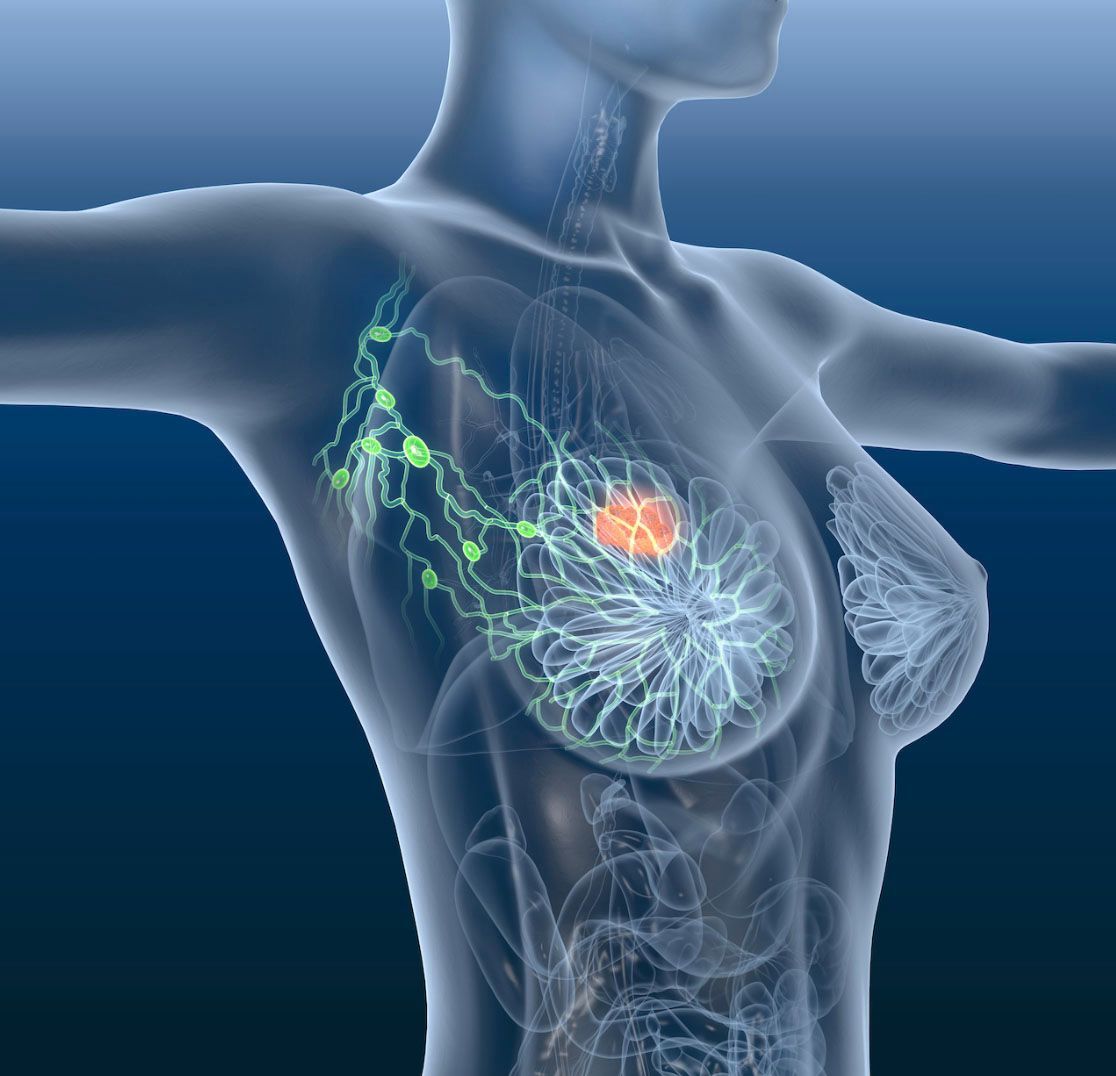Primary Goal Met With Praluzatamab Ravtansine in HR-Positive, HER2-Negative Breast Cancer
Praluzatamab ravtansine achieved confirmed overall response rate in patients with advanced hormone receptor–positive, HER2-negative breast cancer, meeting the primary end point of the phase 2 CTMX-2009-002 trial.

Praluzatamab ravtansine (CX-2009), a CD166-targeted antibody-drug conjugate (ADC), met its primary end point of achieving confirmed overall response rate (ORR) in patients with advanced hormone receptor (HR)–positive, HER2-negative breast cancer, according to data of arm A of the phase 2 CTMX-2009-002 trial (NCT04596150).1
At the data cutoff of May 13, 2022, a total of 47 patients unselected for CD166 expression with advanced HR+/HER2-non-amplified breast cancer were evaluable for the primary efficacy end point. The ORR demonstrated in arm A was 15%. Additionally, the clinical benefit rate at 24 weeks was 40% and the median progression-free survival was 2.6 months.
In arm B of the trial which included patients with advanced triple-negative breast cancer (TNBC), the primary end point was not met with data showing an ORR of less than 10%. Due to these results, enrollment in arm B and arm C for patients with TNBC will be discontinued.
“These results from our phase 2 evaluation of praluzatamab ravtansine support single-agent activity of this novel drug candidate in hormone receptor-positive breast cancer where significant unmet need remains,” said Sean McCarthy, PhD, chief executive officer and chairman of CytomX Therapeutics, in the press release. “However, we do not believe the median progression-free survival at 7 mg/kg supports further evaluation at this dose. While we are encouraged by the emerging safety profile of 6 mg/kg, we do not plan to further advance this program alone given current financial market conditions and will be seeking a partnership.”
In the open-label, phase 2 study, experts are evaluating the safety and antitumor activity of praluzatamab ravtansine in advanced HR-positive, HER2-negative breast cancer as well as praluzatamab ravtansine as both monotherapy and in combination with pacmilimab (CX-072) in advanced TNBC.
Within arm A of the study, praluzatamab ravtansine was evaluated as monotherapy at an intravenous (IV) dose of 7 mg/kg once every 3 weeks in patients with inoperable, locally advanced, or metastatic HR-positive, HER2-negative breast cancer. Patients enrolled in this arm must have received 0-2 prior cytotoxic chemotherapies in the inoperable, locally advanced, or metastatic setting, regardless of the level of CD166 expression.
Patients in arm B were given IV praluzatamab ravtansine as a single agent at a dose of either 6 or 7 mg/kg once every 3 weeks. Those enrolled were required to have inoperable, locally advanced, or metastatic TNBC, have received 1-3 prior lines of chemotherapy, and had CD166 expression.
Arm C evaluated praluzatamab ravtansine at a dose of 6 mg/kg in combination with pacmilimab (CX-072) at a dose of 1200 mg in patients with TNBC. Eligibility was the same as Arm B, however, patients must have had tumors which were programmed death-ligand 1 (PD-L1)-positive by an FDA-approved test.
The other eligibility requirements were for patients across all of the arms in the study. Patients must be aged 18 years of age or older with measurable disease per RECIST v1.1, an ECOG performance status of 0 or 1, and adequate baseline laboratory values. Further, patients with asymptomatic brain metastases that were no more than 1 cm in diameter and who required no treatment were eligible to enroll following discussion with the medical monitor.
The primary end point of the trial was ORR with secondary end points consisting of investigator-assessed progression-free survival, duration of response, overall survival, clinical benefit rate at 16 weeks, and clinical benefit rate at 24 weeks.
According to the phase 2 results, safety data were generally similar between the patients who received 7 mg/kg of praluzatamab ravtansine in arms A and B. In the 6 mg/kg cohort of praluzatamab ravtansine in arm B, none discontinued treatment due to adverse events (AEs). Rates of grade 3 or higher ocular and neuropathic AEs were lower at 3% and 0%, respectively, with the 6 mg/kg dose.
The biomarker analysis for the study is ongoing and further data from this study is expected to be submitted for presentation at a medical conference in the second half of 2022.
“In this phase 2 study, praluzatamab ravtansine showed single-agent activity in an unselected population of patients with advanced HR+/HER2-non-amplified breast cancer; additional clinical studies at 6 mg/kg are warranted,” stated Kathy D. Miller, MD, the Ballvé Lantero Professor of Oncology at the Indiana University Simon Comprehensive Cancer Center, and lead trial investigator, in the press release.
References
CytomX Therapeutics announces phase 2 results for praluzatamab ravtansine in breast cancer. News release. CytomX Therapeutics. July 6, 2022. Accessed July 8, 2022. https://bit.ly/3PhH4Kh
Study to evaluate the safety and antitumor activity of CX-2009 monotherapy and in combination with CX-072 in advanced breast cancer. ClinicalTrials.gov. Updated March 29, 2022. Accessed July 8, 2022. https://www.clinicaltrials.gov/ct2/show/NCT04596150